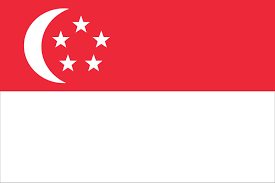Most Popular Service
500+
Companies Formed
24/7
Expert Support
9+
Countries
Why Choose Us
We deliver excellence through expertise, innovation, and commitment to your success
Setup to Expansion
Support from business setup to compliant scaling assistance.
Regional Expertise
Local market knowledge with expert legal execution.
Global Network
Boutique service with strong worldwide business connections.
Responsive & Reliable
Quick responses, timely delivery, and tailored solutions.
Our Comprehensive Services
Explore our financial and accounting solutions tailored for global businesses and NRIs.
Powerful Tools & Resources
Simplify your financial decisions with our free tools
Corporate Tax Calculator (Singapore)
FreeCompute tax liability with applicable deductions & surcharges.

Ready to accelerate your business growth?
Schedule a consultation with our experts to discuss your specific needs and goals.

